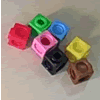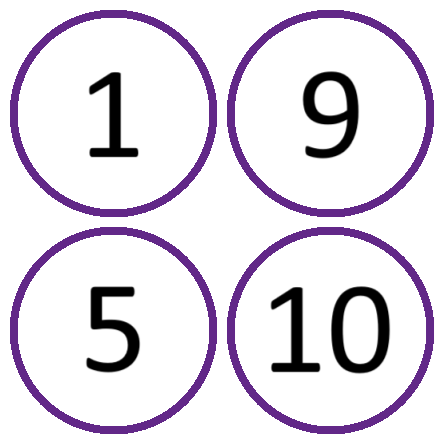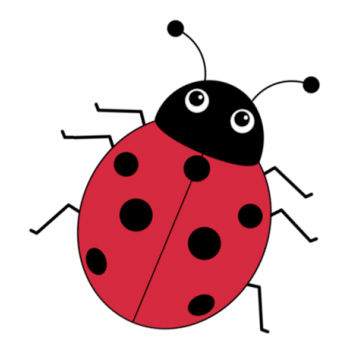This collection is one of our Primary Curriculum collections - tasks that are grouped by topic.
Butterfly flowers
Can you find two butterflies to go on each flower so that the numbers on each pair of butterflies adds to the number on their flower?

How many?
This project challenges you to work out the number of cubes hidden under a cloth. What questions would you like to ask?
What's in a name?
What do you notice about these squares of numbers? What is the same? What is different?
Totality
This is an adding game for two players. Can you be the first to reach the target?
Cuisenaire counting
Here are some rods that are different colours. How could I make a yellow rod using white and red rods?
Number balance
Can you hang weights in the right place to make the the number balance balanced?
Domino sorting
Try grouping the dominoes in the ways described. Are there any left over each time? Can you explain why?
Number lines
Leah and Tom each have a number line. Can you work out where their counters will land?
Strike it out
Use your addition and subtraction skills, combined with some strategic thinking, to beat your partner at this game.
Sort them out (1)
Can you each work out the number on your card? What do you notice? How could you sort the cards?
Sitting round the party tables
Sweets are given out to party-goers in a particular way. Investigate the total number of sweets received by people sitting in different positions.

Pairs of numbers
If you have ten counters numbered 1 to 10, how many can you put into pairs that add to 10? Which ones do you have to leave out? Why?
The add and take-away path
Two children made up a game as they walked along the garden paths. Can you find out their scores? Can you find some paths of your own?
Half time
What could the half time scores have been in these Olympic hockey matches?
What was in the box?
This box does something to the numbers that go into it. If you know the numbers that come out, what might be going on inside the box?
Doing and undoing
An investigation looking at doing and undoing mathematical operations focusing on doubling, halving, adding and subtracting.
How do you see it?
Here are some short problems for you to try. Talk to your friends about how you work them out.
Two spinners
What two-digit numbers can you make with these two dice? What can't you make?
What could it be?
In this calculation, the box represents a missing digit. What could the digit be? What would the solution be in each case?
Unit differences
This challenge is about finding the difference between numbers which have the same tens digit.

Dicey addition
In these addition games, you'll need to think strategically to get closest to the target.
Arranging additions and sorting subtractions
Order these four calculations from easiest to hardest. How did you decide?
Subtraction slip
Can you spot the mistake in this video? How would you work out the answer to this calculation?
One big triangle
Make one big triangle so the numbers that touch on the small triangles add to 10.

Birthday cakes
Jack's mum bought some candles to use on his birthday cakes and when his sister was born, she used them on her cakes too. Can you use the information to find out when Kate was born?
Heads and feet
On a farm there were some hens and sheep. Altogether there were 8 heads and 22 feet. How many hens were there?

Ladybirds in the garden
In Sam and Jill's garden there are two sorts of ladybirds with 7 spots or 4 spots. What numbers of total spots can you make?
Eggs in baskets
There are three baskets, a brown one, a red one and a pink one, holding a total of 10 eggs. How many eggs are in each basket?
Secret number
Annie and Ben are playing a game with a calculator. What was Annie's secret number?
Find the difference
Place the numbers 1 to 6 in the circles so that each number is the difference between the two numbers just below it.
Jumping squares
In this problem it is not the squares that jump, you do the jumping! The idea is to go round the track in as few jumps as possible.


The Brown family
Use the information about Sally and her brother to find out how many children there are in the Brown family.
The tall tower
As you come down the ladders of the Tall Tower you collect useful spells. Which way should you go to collect the most spells?
2, 4, 6, 8
Using the cards 2, 4, 6, 8, +, - and =, what number statements can you make?
Number round up
Arrange the numbers 1 to 6 in each set of circles below. The sum of each side of the triangle should equal the number in its centre.

You may also be interested in this collection of activities from the STEM Learning website, that complement the NRICH activities above.
